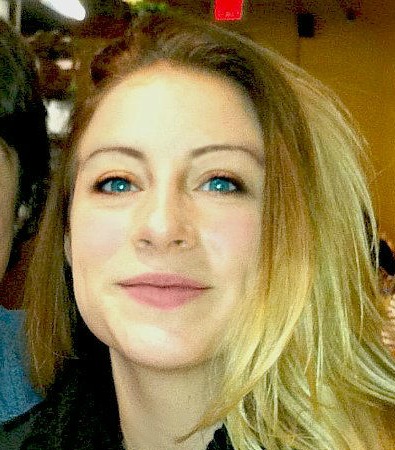Editor's NoteStephanie Stroud
We’ve been trying to get people outside for years. We use our imagination, drawing people to the outdoors with designs featuring texture, color, and fragrance, beauty that is alluring and techniques that make visitors feel safe and comfortable. We do research and outreach to help the public get outside and get moving to improve their health and well-being to combat the obesity crisis in our country. We find the intersection of art and the environment to intrigue and leave people with a sense of awe each time they go outside. And then, something else happens: Nintendo releases a game, called Pokemon Go, and suddenly people are outdoors and exercising, chasing virtual monsters in parks, on trails, and in their front yards. Some people are exploring places they may never have set foot otherwise, all thanks to a video game. What does this mean for landscape architects? Is it a passing phase, a video game that kids (and adults) are obsessed with that will come to pass? With its enormous popularity and ability to get people moving and bring them outdoors, it is hard to ignore; though it may leave many of us baffled or confused, it may just provide a window of opportunity, or a stepping stone, for those who have been trying to get the American public outside for years. Landscape architects are full of imagination, and with our buzzing, technological world, we have to use that imagination to adapt and create ways to keep our work relevant and inclusive. Whether they’re into catching Pokemon on the bus, silent roving discos through the park, or a good old-fashioned carriage ride, knowing what your clients are looking for in an outdoor experience and finding ways to connect with them is critical. Speaking of imagination and creative thinking, be sure to check out the UW Student Awards, and information about how you can volunteer to dream up design solutions to help communities protect themselves against “The Big One!” All that, and more, below. Thank you, and enjoy! Steph Stroud
|

